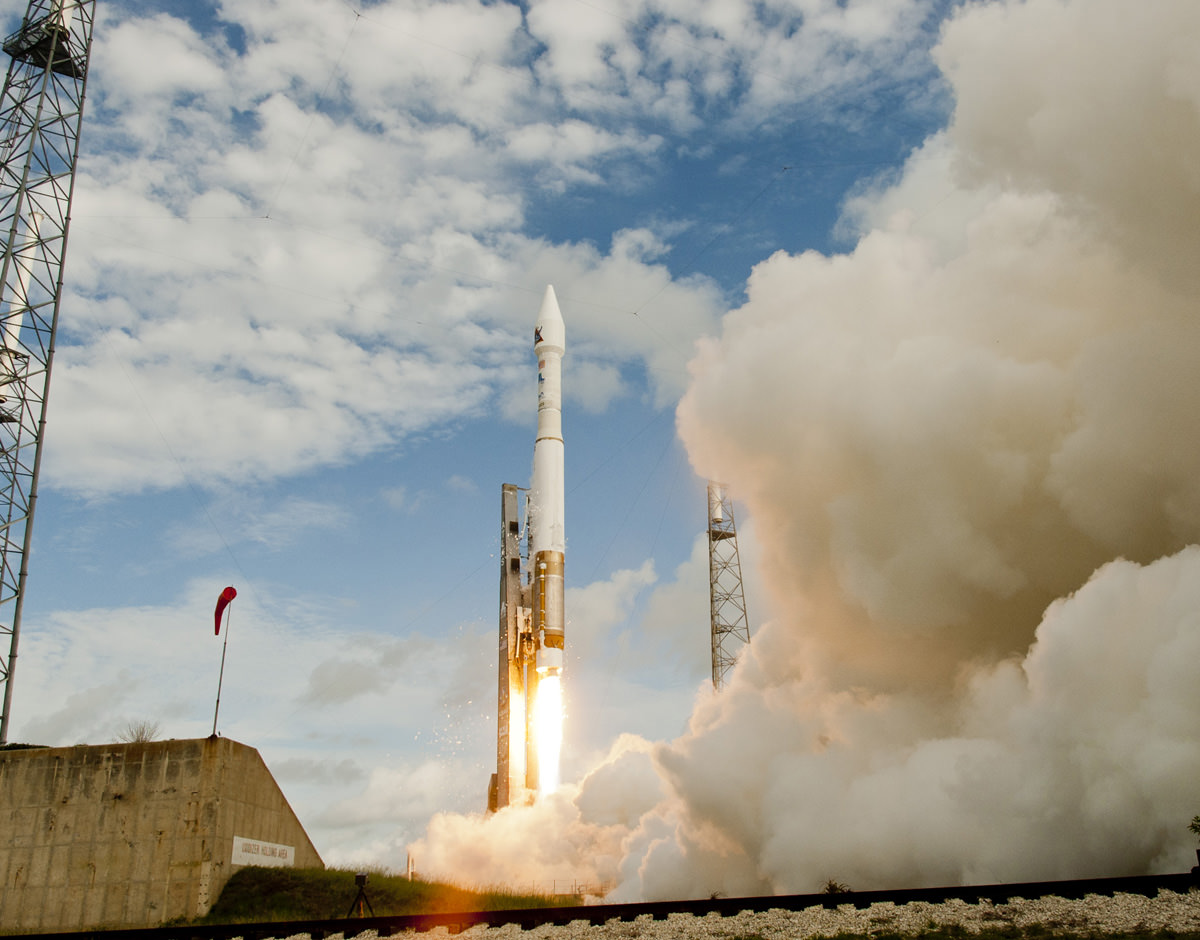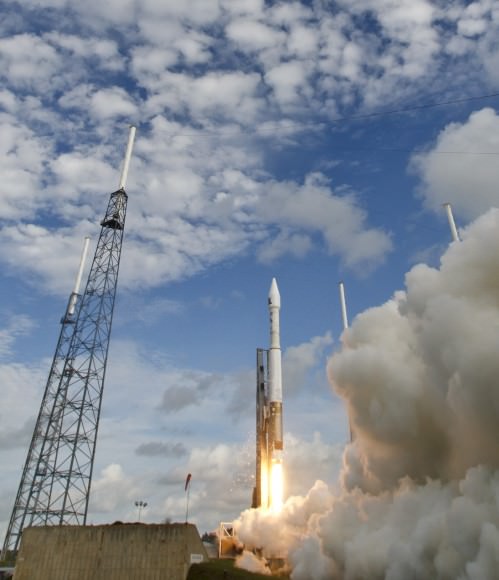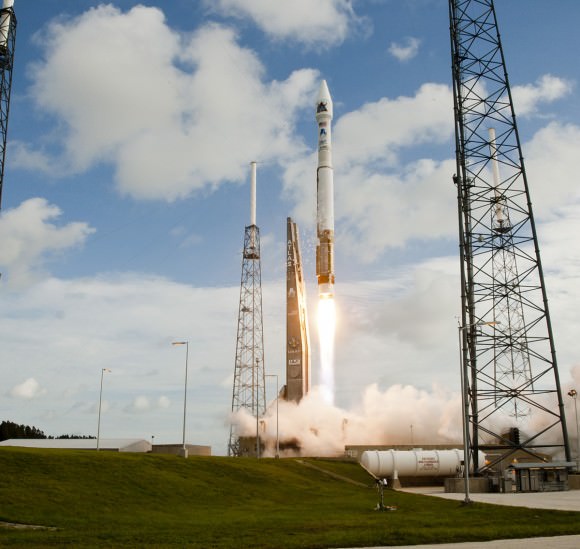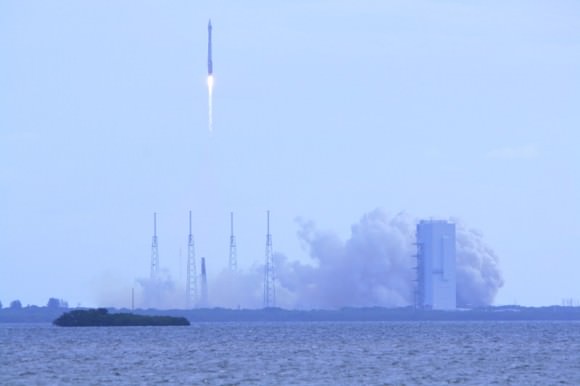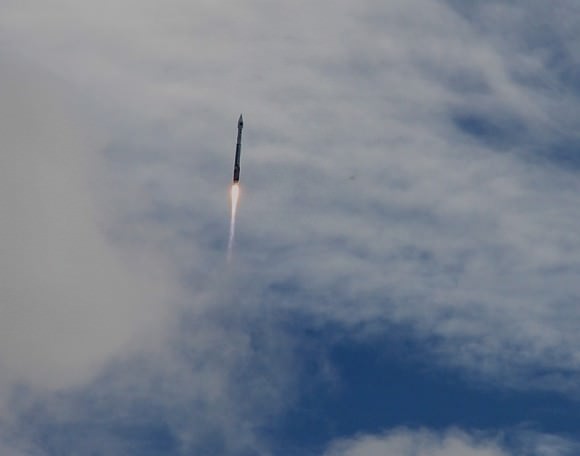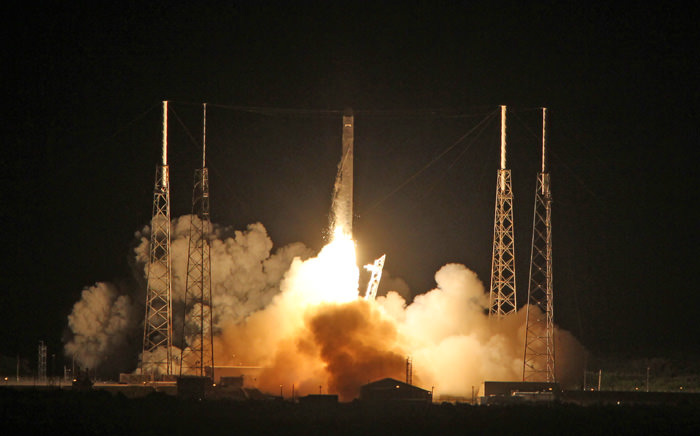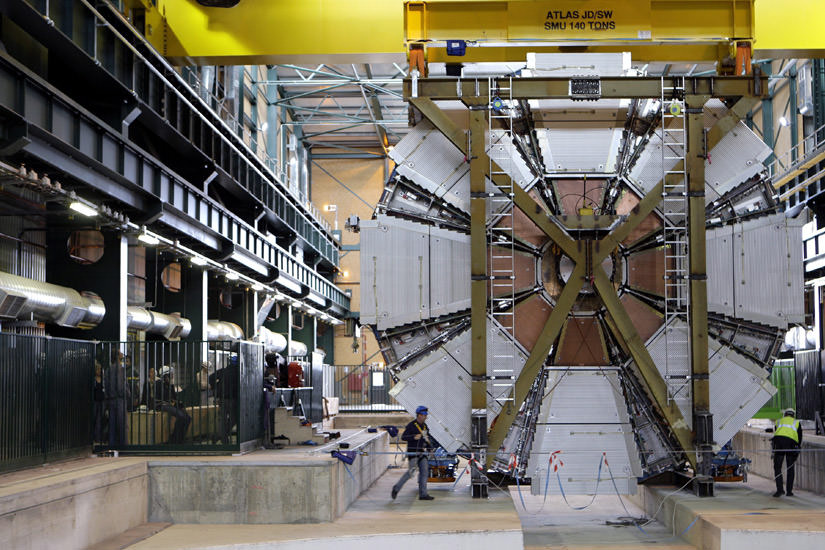The CIA has released a 355-page document which officially acknowledges that Area 51 in Nevada does exist, and the agency comes clean about their weather balloon cover stories. The document covers the U-2 and SR-71 spyplane programs and Project OXCART, the aerial reconnaissance programs, from 1954 to 1974.
Nope, no revelations about extraterrestrial spacecraft or alien bodies hidden at the base, but a really grainy map showing the location of Area 51 is included.
While Area 51 has been the subject of fascination for conspiracy theorists and paranormal enthusiasts — and is entrenched in UFO-ology and pop culture — the newly declassified information (with surprisingly few redactions) admits the base was a top-secret aircraft testing facility for Cold War reconnaissance of the Soviet Union.
That UFO sightings increased during the times of the flight tests was an unexpected side effect, the document says:
High-altitude testing of the U-2 soon led to an unexpected side effect-a tremendous increase in reports of unidentified flying objects (UFOs). In the mid-1950s, most commercial airliners flew at altitudes between 10,000 and 20,000 feet and military aircraft like the B-47s and B-57s operated at altitudes below 40,000 feet. Consequently once U-2s started flying at altitudes above 60,000 feet, air-traffic controllers began receiving increasing numbers of UFO reports.
The document also explains Project Blue Book and other frequently associated UFO story staples. The job of Project Blue Book was actually to figure out when civilians were reporting UFOs that were actually U-2s and then work out how to keep that from happening again.
Why did people on the ground and even other pilots report “shiny” UFOs? The document explains that the U-2s silver wings were at the right altitude that when the ground below, or even planes flying at a lower altitude were in darkness, the U-2 was in sunlight and its silver wings would glint in the sunlight:
Such reports were most prevalent in the early evening hours from pilots of airliners flying from east to west. When the sun dropped below the horizon of an airliner flying at 20,000 feet. the plane was in darkness. But, if a U-2 was airborne in the vicinity of the airliner at the same its horizon from an altitude of 60,000 feet was considerably more distant, and being so high in the sky, its silver wings would catch and reflect the ray of the sun and appear to the airliner pilot 40,000 feet below to be fiery objects. Even during the daylight hours, the silver bodies of the high-flying U-2s could catch the sun and cause reflections or glints that could be seen at lower altitudes and even on the ground. At this time, no one believed manned flight was possible above 60,000 feet, so no one expected to see an object so high in the sky.
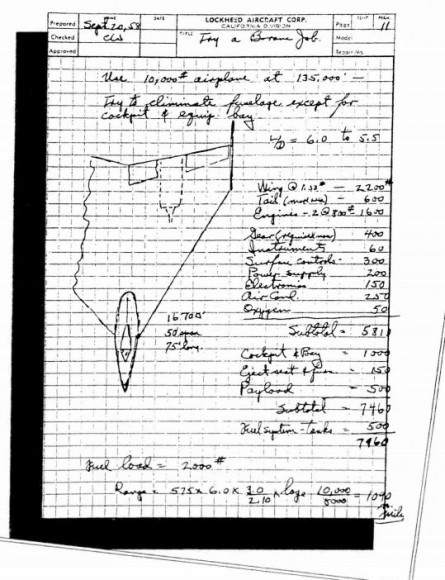
But then, not all the UFO reports were explained by U-2 flights.
Air Force investigators then attempted to explain such sightings by linking them to natural phenomena. BLUE BOOK investigators regularly called on the Agency’s Project Staff in Washington to check reported UFO sightings against U-2 flight logs. This enabled the investigators to eliminate the majority of the UFO reports, although they could not reveal to the letter writers the true cause of the UFO sightings. U-2 and later OXCART flights accounted for more than one-half of all UFO reports during the late 1950s and most of the 1960s.
In the document, the CIA admits the weather balloon stuff was just a cover story, but it was the standard operating procedure for how to explain away the sightings as well as debris from any crashes. However, this cover story ended up having disastrous results in May of 1960 when the crash of a U-2 in Russia and the subsequent capture of pilot Gary Powers set in motion a pattern of mistrust between the US and USSR that culminated in the Cuban Missile Crisis in 1962.
After the plane and the pilot went missing, and with the fate of the plane and pilot unknown, the CIA had NASA release a statement that they had a weather airplane that went off course over the Soviet Union because the pilot had passed out due to a loss of oxygen. That story was quickly proven to be a hoax when the USSR produced the crashed U-2 plane and the pilot, who survived the crash and who had admitted to spying.
The documents were released in response to a Freedom of Information Act request submitted in 2005 by Jeffrey T. Richelson, a senior fellow at the National Security Archives. Originally, the CIA had released a heavily redacted document with all mention of Area 51 blacked out. This new document reveals pretty much everything except names of military personnel and private citizens involved.
Richelson has pointed out that the location of Area 51 was not a particularly well-kept secret. Its location appears in satellite imagery like Google Maps and Google Earth, as well as in books on aerial surveillance.
You can wade through the 355 page document here. If you enjoy military and aircraft history, its a great read. One interesting fact revealed is that President Eisenhower wanted the pilots of these planes to be non-US citizens. “It was his belief that, should a U-2 come down in hostile territory, it would be much easier for the United States to deny any responsibility for the activity if the pilot was not an American,” the document reports.
And while I have this chance, I’m going to share a great graphic going around Twitter on how to identify any strange light in the sky you may see:
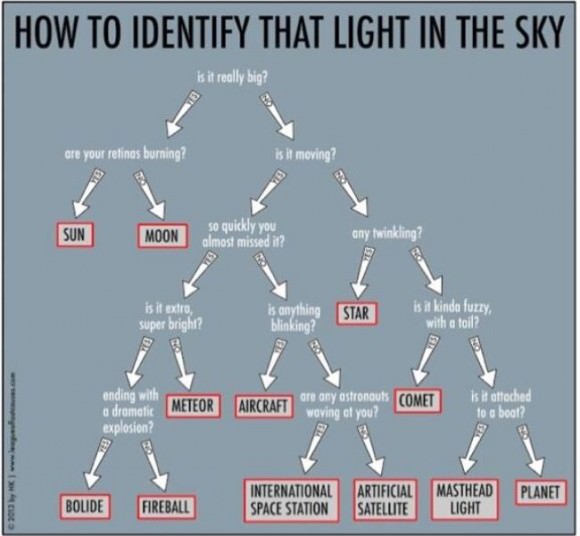


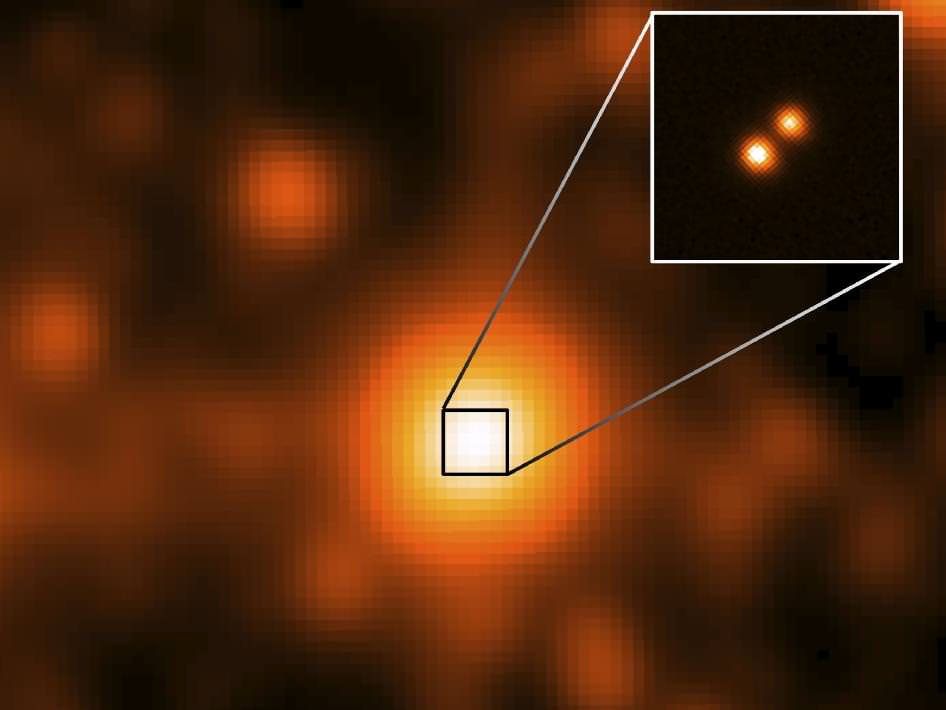
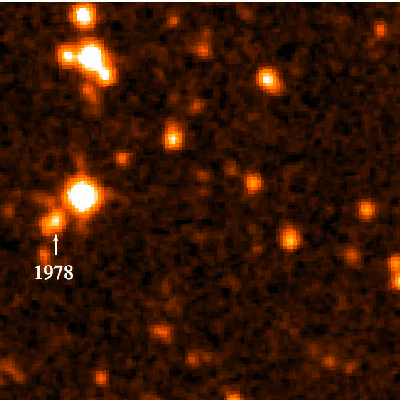

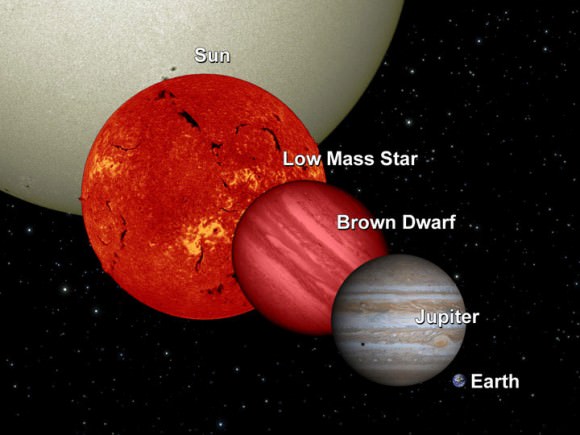
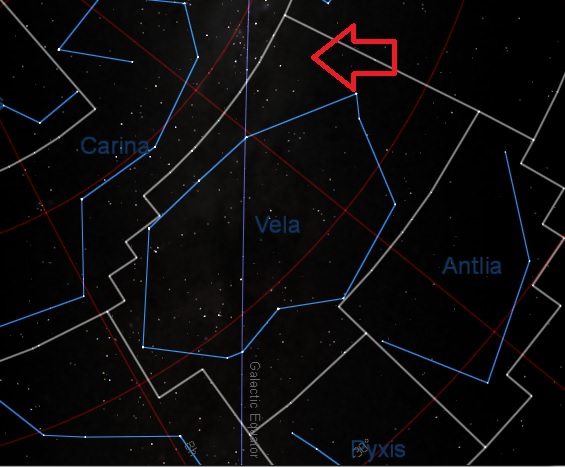

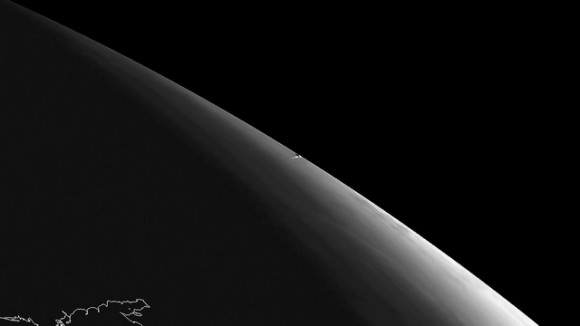
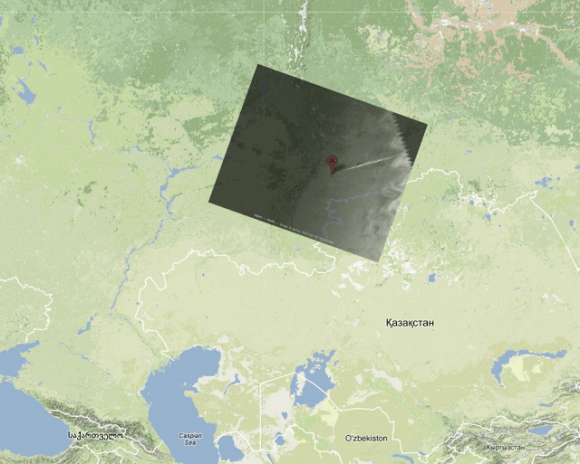

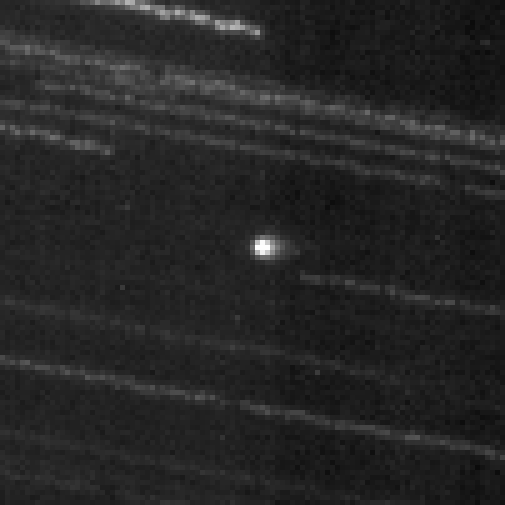
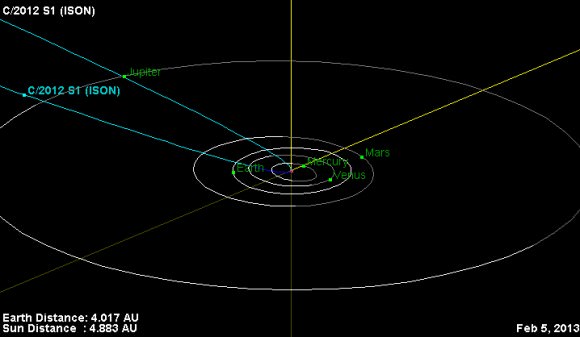
![HRI_937_1[1]](https://www.universetoday.com/wp-content/uploads/2013/02/HRI_937_11-580x580.jpg)
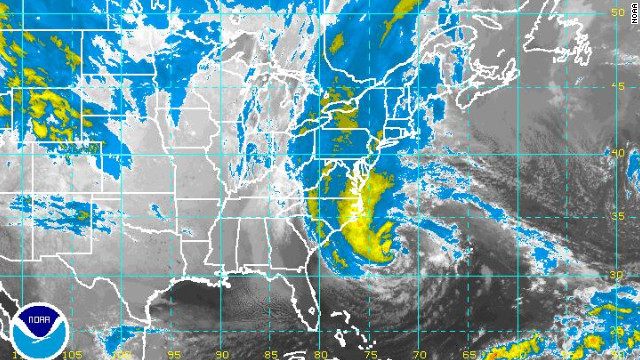

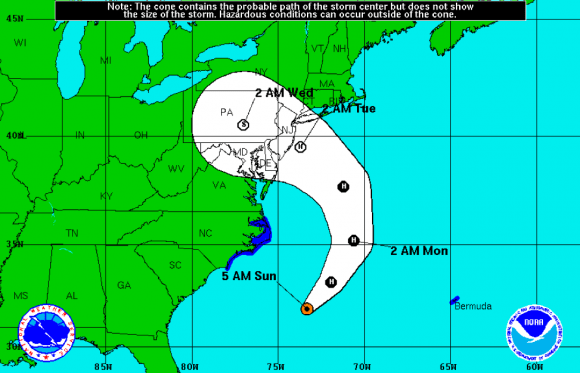
![Sandy_rainfall[1]](https://www.universetoday.com/wp-content/uploads/2012/10/Sandy_rainfall1-580x464.gif)

